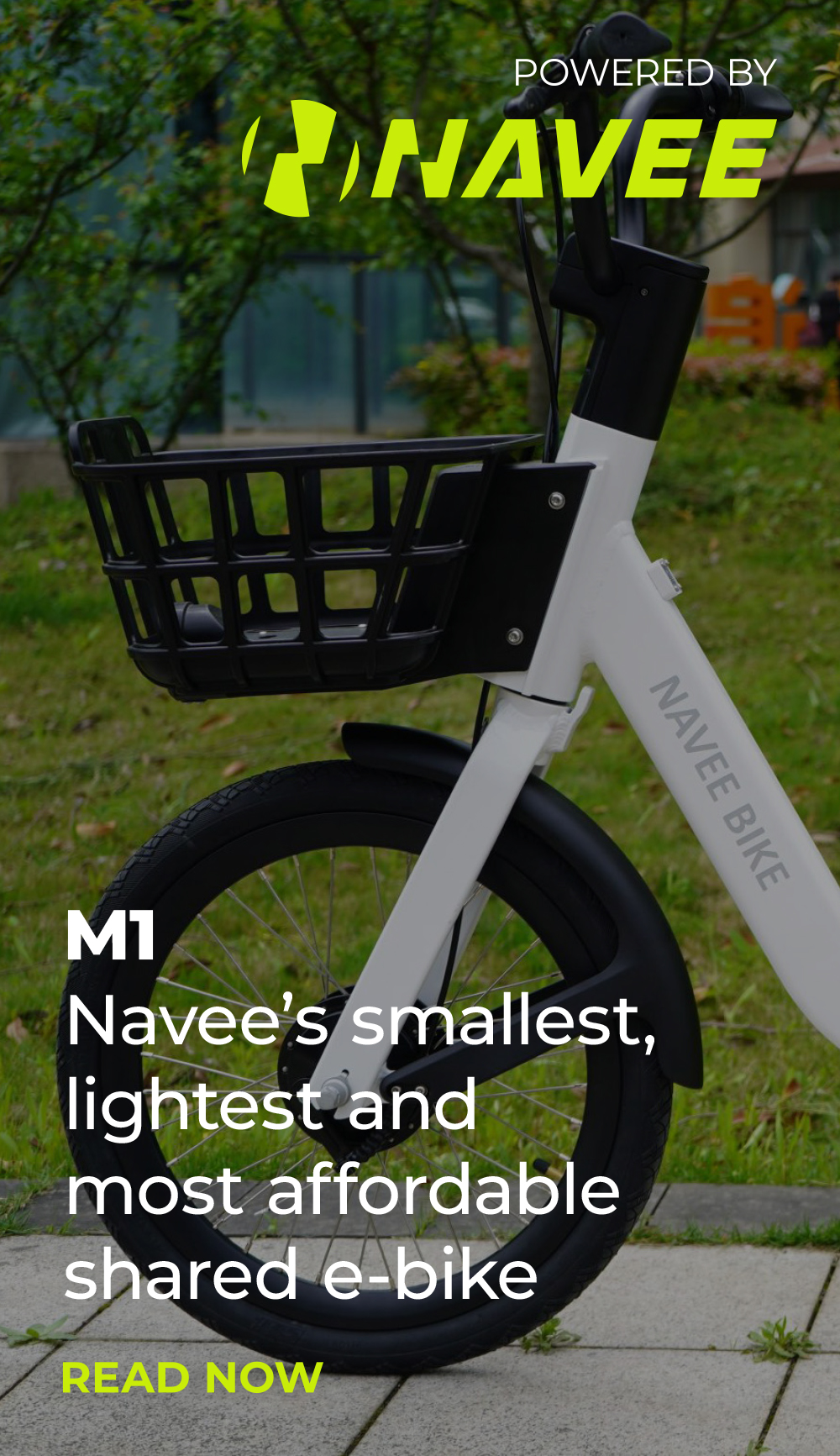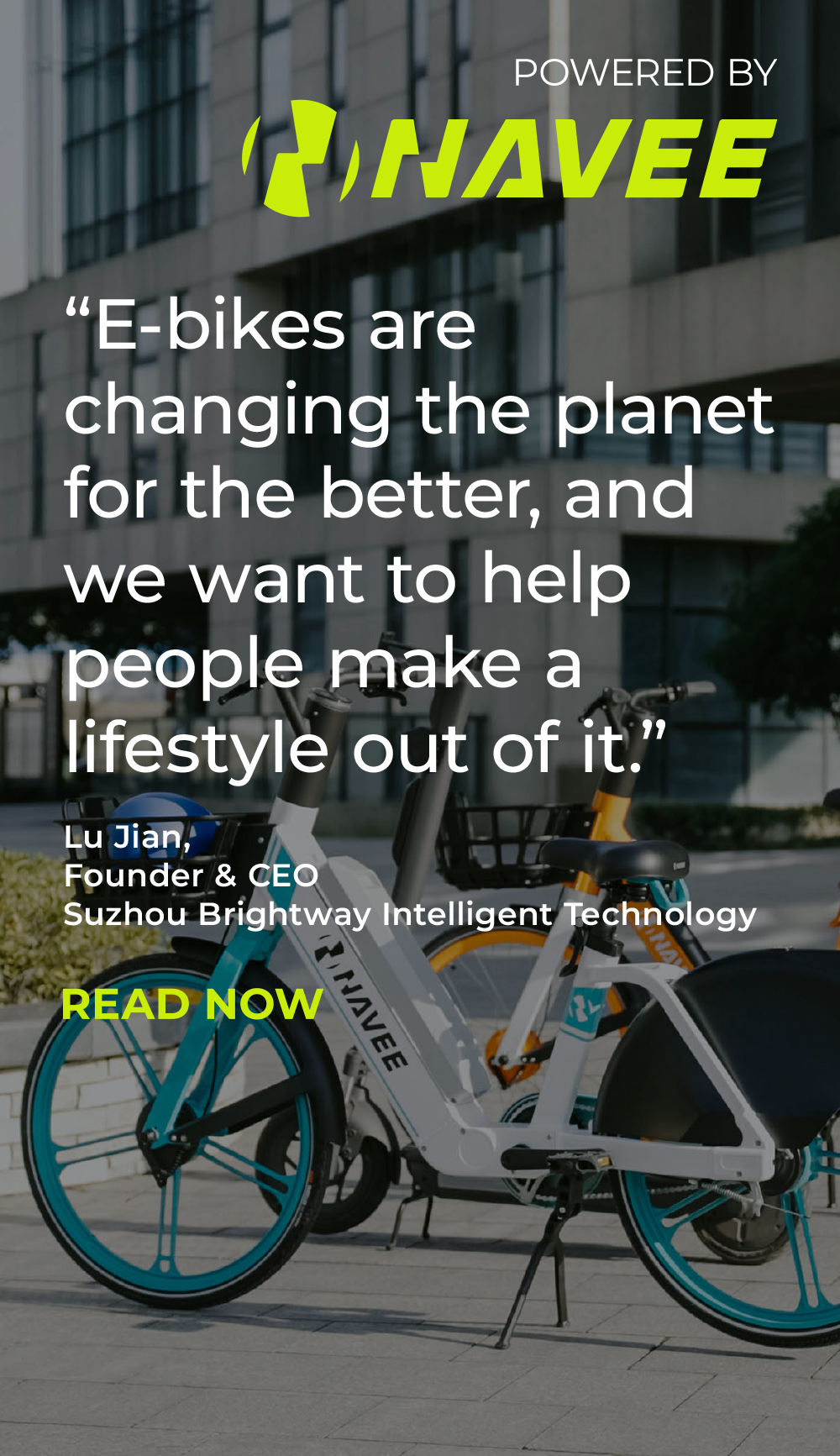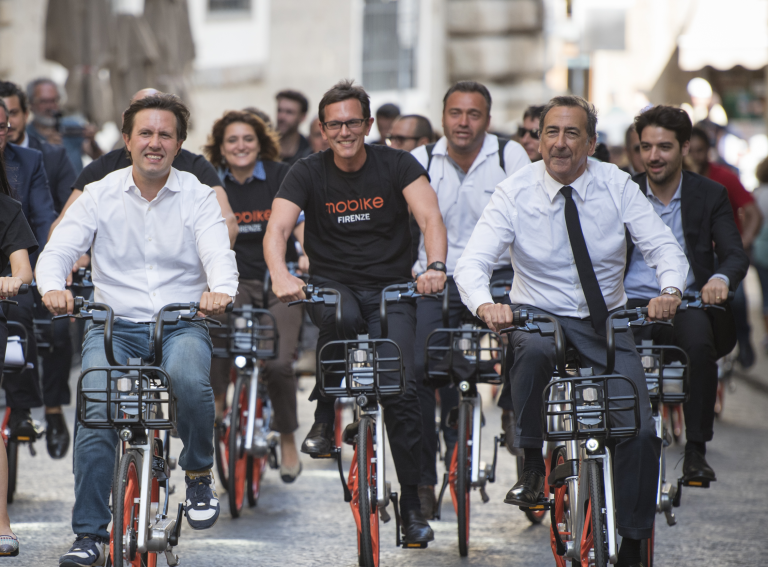Zag Daily has been covering the UK shared e-scooter trials in detail, ever since their inception in July 2020.
This year is the first full year for which we have data, so how’s it been?
In 2021 we’ve had:
- More than 10 million journeys (in fact we think the UK may hit the 11 million journeys sometime this month).
- 20,500 shared e-scooters available at the peak in mid-October – now down to 19,500 as operators make adjustments for the winter season.
- Six times as many shared e-scooters on the streets now as there were at the beginning of the year.
- 2,900 shared e-scooters at one point in Bristol, the biggest single-operator fleet – now trimmed back to 2,000).
- Five cities have had held the title of biggest shared e-scooter fleet through the year: Northampton (at the beginning of the year), Birmingham, Liverpool, Bristol and London (since November) which currently has the biggest numbers (3,500).
- Six cities now have 1,000+ e-scooters in their fleets: London, Bristol, Liverpool, Northampton, Birmingham and Southampton. At the beginning of the year, Northampton, the largest fleet, had just 500.
- 21 launches, including, finally, London. London itself expanded in five stages.
- Five closures: Stafford, Clacton, Newcastle-under-Lyme, Chard and Crewkerne.
- One new operator in the UK: Dott – there are now 12 companies providing shared e-scooter services here.
- One platform replacement: Wind UK became part of Superpedestrian and its Nottingham fleet switched to the latter company’s LINK e-scooters in December.
- 420 average fleet size currently, compared with just 130 at the beginning of the year.
- 56 per cent of the UK’s shared e-scooters are run by Voi – they have dominated the market throughout the year and, despite not winning one of the London contracts, their share has in fact risen from 53 per cent in January.
March 2022 is the official date for most of the trials to end and it’s not far away.
It will be interesting to see how the operators survive the winter, if any fleet falls before the finishing line, and most importantly of all, what happens after March.
Next year may not be having the big launches we saw this year but it is going to be at least as interesting as 2021 for the industry and for us consumers too.






